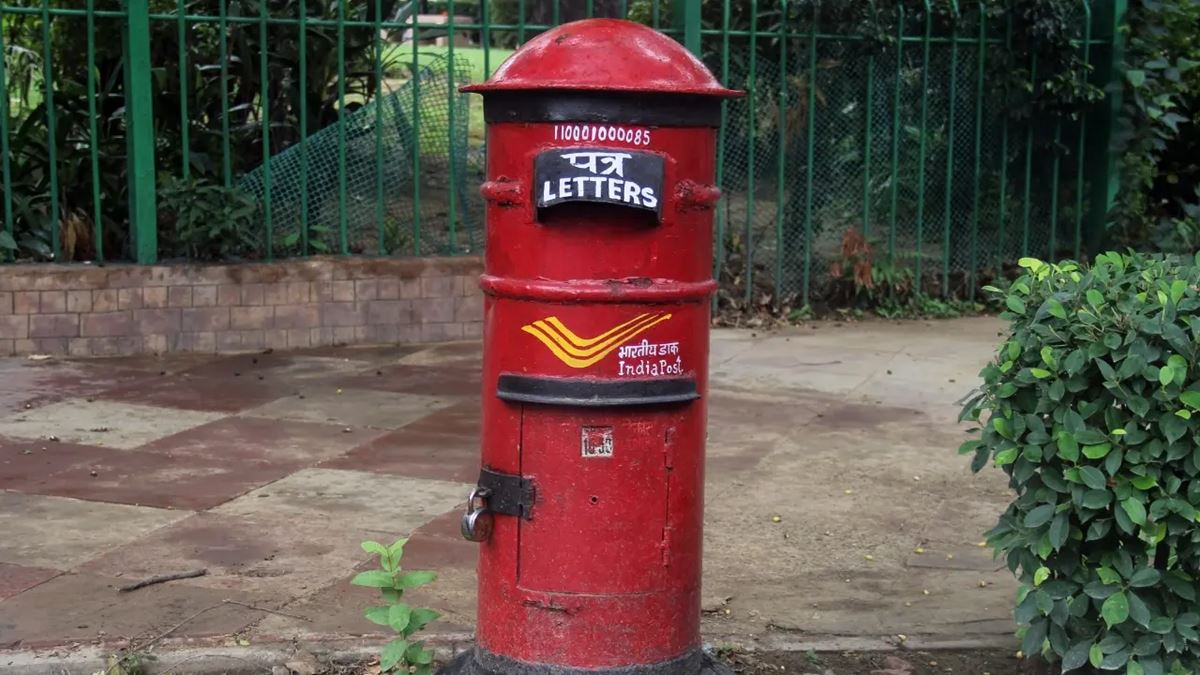There was a time when work began with a letter.
A neatly folded envelope marked “On Government Service” could hold anything from a promotion to a posting, a salary slip, or a note of reprimand. Every morning, the arrival of the postman was a ritual — in government offices, corporate reception desks, dusty HR departments, and bank branches tucked away in small towns. The envelope was more than information; it was ceremony. Anticipation. Connection.
And now, without much noise or mourning, that time has ended.
As of 1st August 2025, the Indian Postal Department has officially discontinued regular mail services after more than 50 years. In its place remains only Speed Post and a handful of premium services — efficient, reliable, and brisk. A logical decision, perhaps. But not an unemotional one.
In letting go of regular post, India has quietly closed the chapter on one of work’s oldest and most human rituals.
From Letters to Links: A Cultural Shift
In the pre-digital workplace, communication came slowly — but with weight. Letters were drafted with care. Typed on letterheads. Signed in ink. Posted with purpose. There was a rhythm to it all: the time it took to write, the time it took to travel, and the time it allowed everyone involved to reflect.
This wasn’t just about process. It was about intent.
The postal system — especially in public institutions — was the very backbone of HR, administration, legal, and compliance functions. Leave applications, disciplinary notices, pension updates, appointment orders — all passed through India Post. The postman was not a courier. He was a bridge.
Work, back then, moved at the speed of paper — and in doing so, often carried more meaning.
The Rise of Speed — And the Vanishing Pause
Fast forward to today, and the idea of waiting three days for a document feels laughable. A Slack ping replaces a memo. An email template replaces a personal letter. Speed, now, is seen as synonymous with professionalism.
But in choosing efficiency, have we lost something deeper?
Speed Post, by definition, gets the job done faster. But the closure of traditional mail isn’t just about speed; it’s about the death of deliberation. When every workplace message arrives in seconds, the space for emotion, reflection, even reconsideration, disappears.
The older generation of workers will tell you: there was a time when a letter meant something because you had to sit with it. Think before sending. Read before reacting. Now, we scroll. We skim. We swipe.
The Quiet Rituals of Communication
For decades, India Post wasn’t just a delivery system. It was a quiet reminder that communication at work could be structured yet personal. That formality wasn’t the enemy of connection.
There was etiquette in those letters — a kind of workplace grace. You opened them with care. You preserved them in files. Some were displayed in frames. Others were tucked into drawers, yellowing with time, but never irrelevant.
These were tangible pieces of a working life — a transfer letter that brought a family to a new city, a confirmation notice after probation, a thank-you note from a client. They were physical markers of progress, memory, and belonging.
What do we preserve now? A forwarded email? A Teams chat with emojis?
Losing the Human Layer
To be clear, this is not a cry for regression. The evolution of work communication has brought extraordinary gains — accessibility, speed, documentation, and collaboration across geographies. For HR teams, payroll systems, compliance officers, and people managers, digital communication has created agility and scale.
But what gets lost in the process is often harder to quantify.
Today’s workplace is saturated with messages — hundreds of them daily. But their emotional shelf-life is short. The tone is rushed. The language is transactional. Tools may have multiplied, but the sense of being heard, of being truly seen, seems to have thinned out.
There’s a cost to this constant acceleration. A kind of empathy erosion. A forgetting of presence.
And maybe, just maybe, we saw this erosion begin the day we stopped waiting for the postman.
Slowness Wasn’t Inefficiency — It Was Space
There’s something worth remembering here: slowness was not always a flaw. In many ways, it was a feature.
It allowed managers to pause before responding. It gave employees time to digest feedback. It gave teams space to process outcomes — not everything was instant, and that was a good thing.
As the workplace becomes increasingly digital-first — even AI-driven — the loss of intentional communication becomes more visible. We reply faster, but not necessarily better. We “circle back” without actually coming full circle.
In the rush to be always-on, we’ve turned communication into content — stripped of pause, privacy, and sometimes, purpose.
Beyond Nostalgia: Lessons for the Future
India Post is not dying. It’s adapting — shifting to Speed Post, logistics, and digital services. Its evolution is necessary and overdue. But this particular farewell matters — because it symbolises the broader shifts in how we value time and connection at work.
This is not a call to return to envelopes and stamps. It’s a call to remember that communication, especially in workplaces, is not just about speed, but about presence.
If we can’t go back to the post, can we at least reintroduce reflection?
If we must use Slack, can we use it more slowly, more kindly?
If we must send hundreds of messages, can some of them be written with the weight of a letter?
The Last Letter
No national address marked the end of mail delivery. No televised farewell. No trending hashtags. The postman simply stopped arriving. A page quietly turned.
And maybe that’s the final lesson: some of the most profound workplace shifts don’t make noise. They just stop showing up. And if we’re not paying attention, we don’t realise what’s missing until it’s already gone.
So here’s to the letters. The waiting. The slowness.
Here’s to the time work took — when it meant a little more, because it arrived a little later.




















